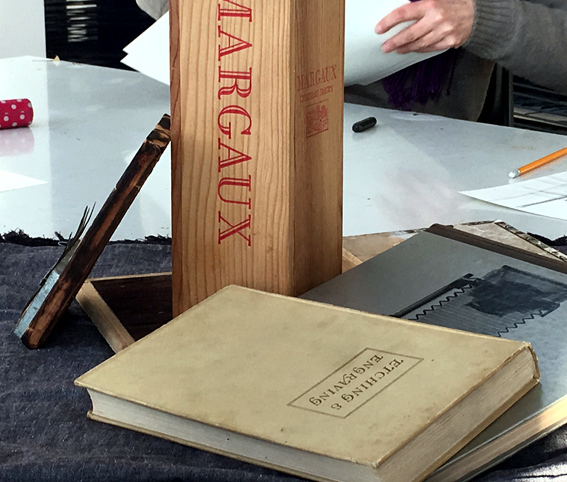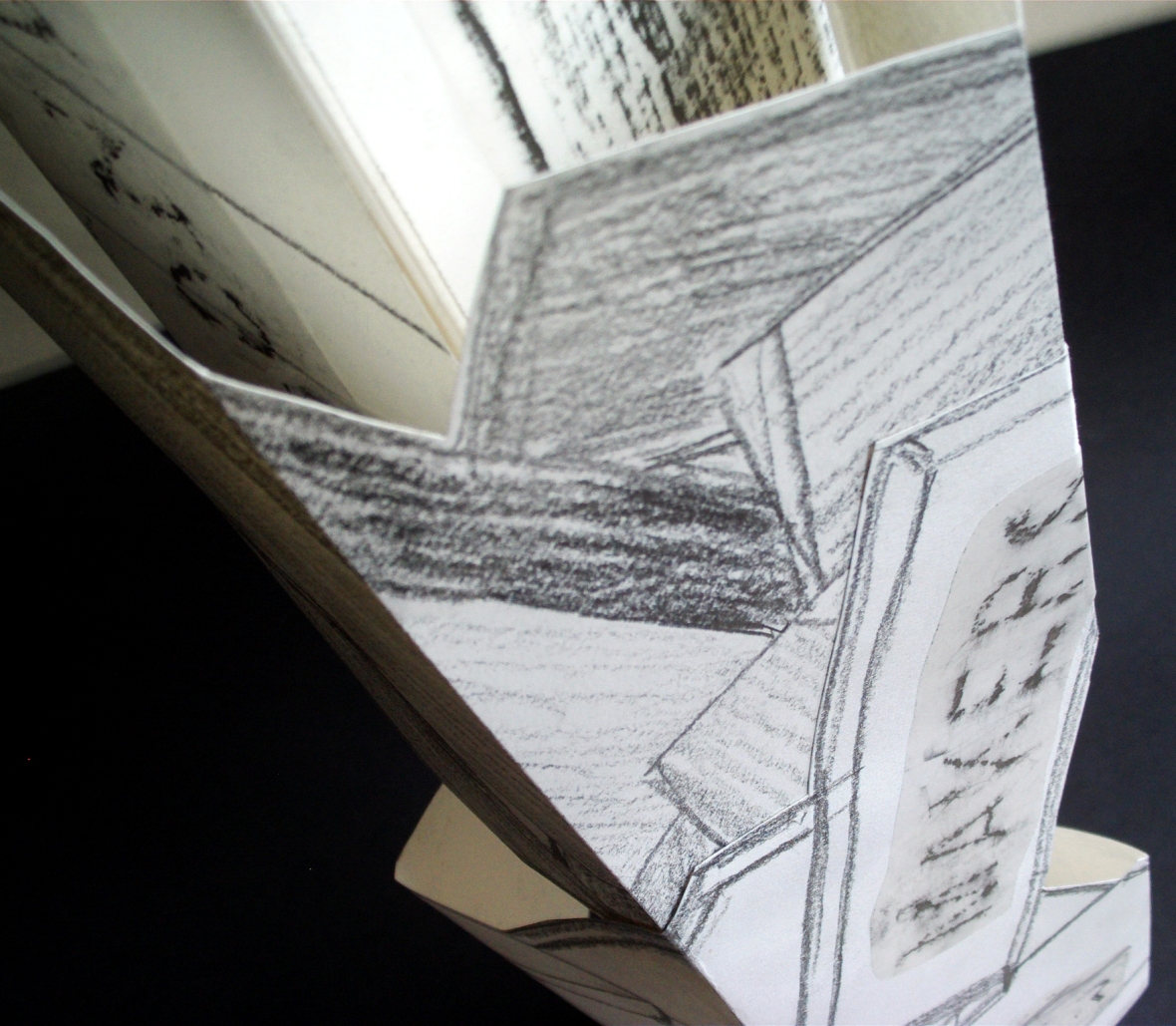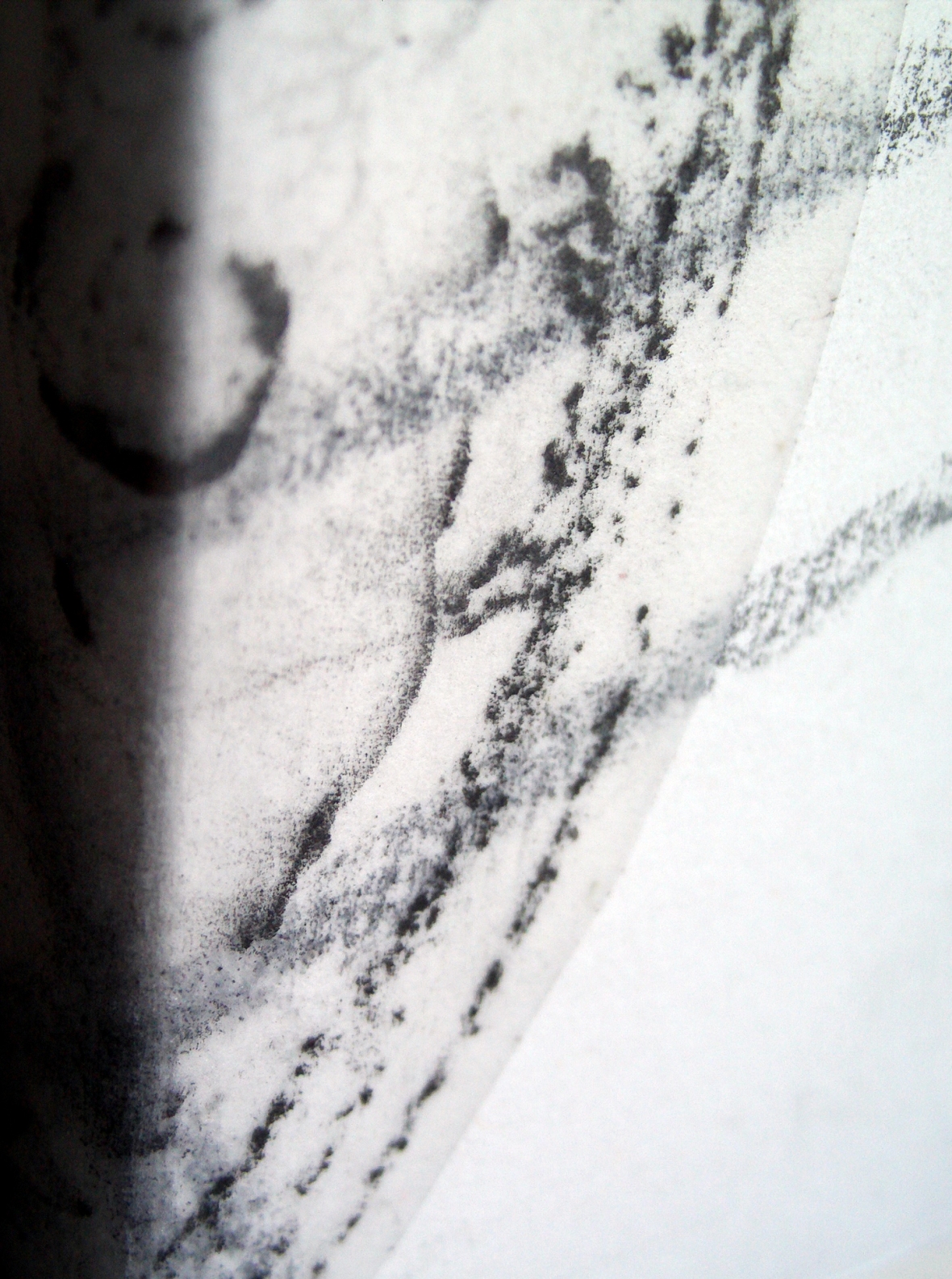Cubism and anti-perspective thinking
Looking at how Cubism broke the rules 100 years ago and how artists have been responding to it ever since, making 2D drawings from a still life display and using them to create a 3D maquette.
Week Three, Term Two: 24th Jan 2017
We started with a short but fascinating talk by Emma on the beginnings of Cubism at the turn of the 20th Century. What an exciting place France must have been then. We looked at the many contributing factors to the advent of Cubism: how Cezanne had been looking at form and planes in space in his painting; how the beginnings of photography meant people began to see sections of objects rather than the whole; how the influx of images from African artworks and masks became influential to various artists in the west.
Picasso likened Cezanne’s work to the invention of the steam engine in that it was hugely influential to everything that followed. Picasso and Braque worked tirelessly developing their ideas in the cafes of Paris, producing work the likes of which had never been seen before. They played with perspective, and this was also what David Hockney did several decades later. Hockney stepped away from single point perspective and used multiple points instead, he looked at objects from all sides, and even reversed perspective.
Emma set up a still life display on the desks and we made quick drawings of it, moving round the table two spaces at a time to draw from a different viewpoint. We were particularly looking at planes, intersections and textures.

Base of our still life display. Thanks to Leonie for the photo.
Once we’d done our drawings we then moved around the print studio, making more drawings and also rubbings of interesting textural surfaces. The idea then was to cut everything up and turn our 2D drawings into a 3D maquette which played with perspective.
I created a tall tower, based on the wooden box at the centre of the display, and covered this with sections of my drawings and rubbings done on tracing paper. I was particularly interested in letter forms, and included as many as I could find. This tower shape reflected the original wooden tower and also allowed me to play with how we read text, ie left to right, upside down, sideways etc.
I then attached my cut up drawing to the tower at an unusual angle, creating a play on perspective. I chose to work solely in black and white (despite my love of colour) and concentrated on making interesting shapes and patterns, and on juxtaposing and overlapping images. I did all the drawing with a charcoal pencil, which I love. All the advantages of charcoal without the messy fingers!

Cubist Tower, made from white card, paper and tracing paper.
To take the 3D tower back to 2D again I took lots of photos of it, including some in close up with the macro lens on my digital camera. Please have a look at the Portfolio section of this blog to see them. While taking the photos I played with perspective again by taking photos with the tower lying on its side as well as standing upright.

A corner in close up
So that’s 2D to 3D to 2D again. And I’ve also got ideas for how to progress with this and take it to 3D again, so watch this space!